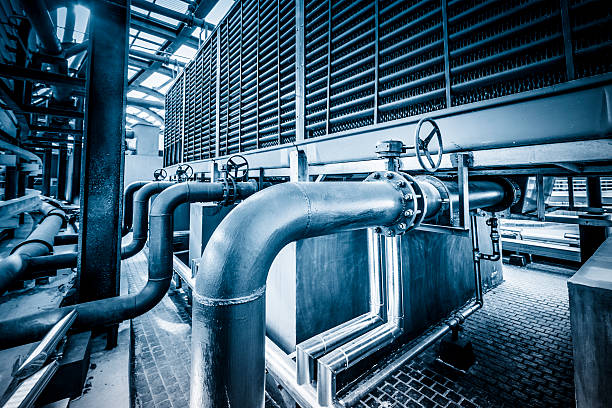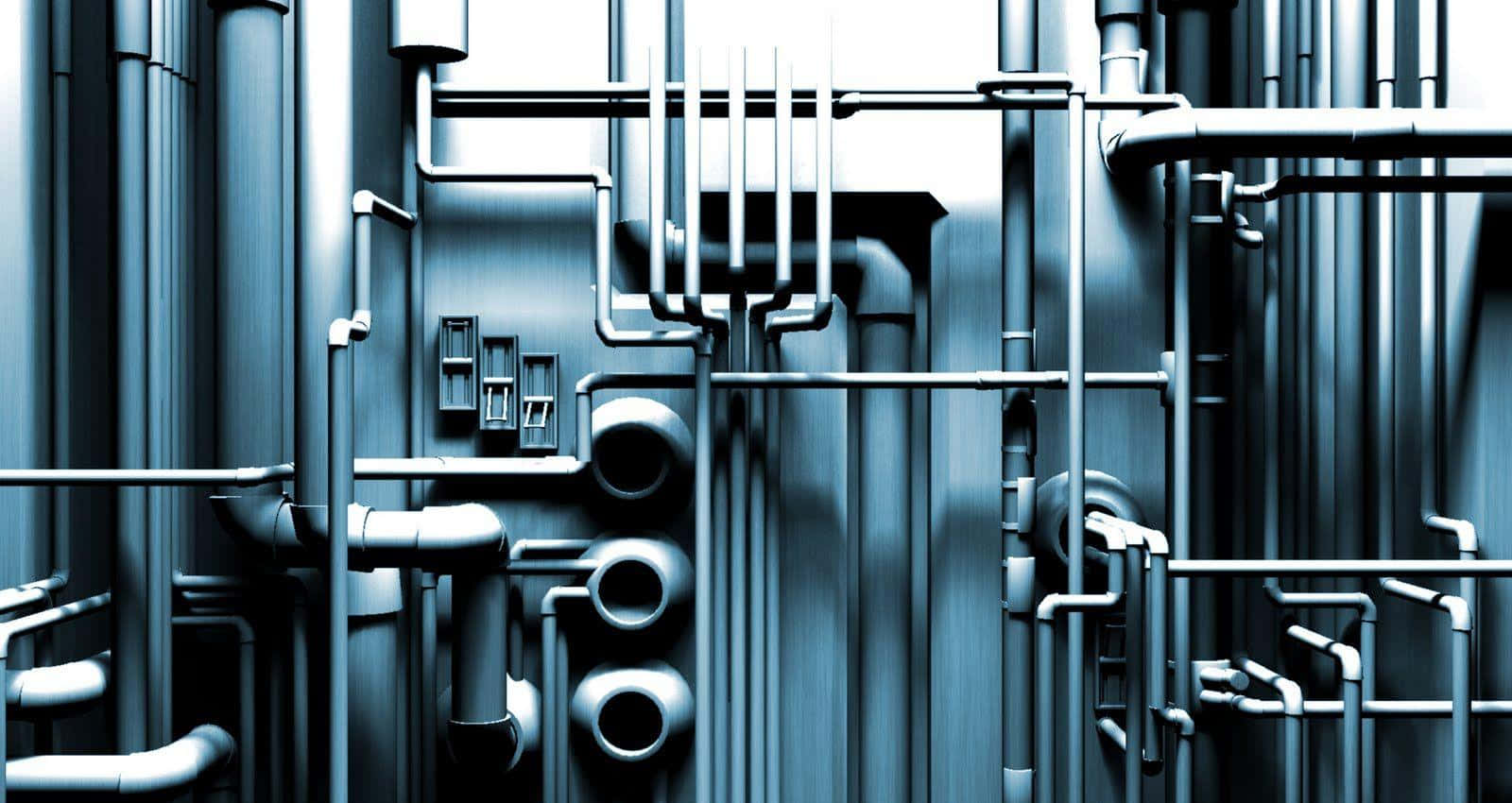In the realm of modern architecture, plumbing is often considered a behind-the-scenes element, yet it plays a crucial role in the functionality and sustainability of contemporary buildings. As architects and designers strive to create innovative and aesthetically pleasing structures, the integration of plumbing systems becomes essential for ensuring efficient water supply, waste management, and overall environmental health. Advances in technology and design strategies have transformed plumbing from a mere utility into a sophisticated component that enhances both performance and aesthetics in architectural projects.
This article delves into the evolving role of plumbing in modern architecture, exploring current trends and innovations that reflect a growing emphasis on sustainability, smart technology, and seamless integration within design. From the use of sustainable materials and water-saving fixtures to the implementation of smart plumbing systems that optimize efficiency, we will examine how contemporary architects and engineers are redefining plumbing to meet the demands of 21st-century living. Through this exploration, we underscore the importance of effective plumbing solutions in creating functional, resilient, and visually striking spaces that resonate with modern lifestyles.
Contents
Innovative Plumbing Solutions
Modern architectural designs are increasingly embracing innovative plumbing solutions that enhance both functionality and aesthetic appeal. The trend towards incorporating water-saving fixtures, like dual-flush toilets and low-flow faucets, reflects a commitment to sustainability while providing practical benefits. Architects are now considering plumbing as an integral part of their designs, using it as a way to create visually striking elements that blend seamlessly into the overall structure. For instance, exposed plumbing can serve as a design feature, transforming what was once a purely utilitarian system into an artistic statement. Such innovative approaches highlight the evolving perspective on plumbing, emphasizing its significance in achieving both eco-friendliness and visual coherence in modern buildings.

Smart Technology Integration
The rise of smart technology has revolutionized plumbing systems, allowing for enhanced monitoring and management of water usage. Contemporary buildings often integrate smart plumbing systems that provide real-time data on water consumption, leak detection, and pressure regulation, thereby optimizing efficiency and minimizing waste. This level of integration not only contributes to environmental sustainability but also offers residents improved convenience and control, aligning with the needs of today’s tech-savvy population. As highlighted in The Role of Plumbing in Modern Architectural Design, the synergy between smart technology and plumbing denotes a significant shift in how buildings are designed and operated, paving the way for smarter, more sustainable living environments.
In conclusion, the transformative impact of plumbing on modern architecture cannot be overstated. As design philosophies evolve towards greater sustainability and aesthetic integration, plumbing has emerged as a vital component that supports both environmental goals and innovative architectural expression. By incorporating cutting-edge technologies and embracing creative design practices, contemporary architects can enhance the usability and appearance of plumbing systems, elevating them from mere functional necessities to integral elements of a building’s character. The marriage of form and function in modern plumbing underscores a broader shift towards holistic design practices, ultimately contributing to the creation of spaces that are not only visually stunning but also promote a sustainable and efficient way of living in harmony with the natural environment.




